Web Services
使用客户端script调用ASP.NET Web services (.asmx)和Windows Communication Foundation(WCF) services(.svc).脚本引用是自动添加到页面上的,并且他们自动产生Web service proxy类,你就从这里使用客户端脚本调用Web service.
你还能访问ASP.NET Web Servicce 不使用ASP.NET AJAX 服务端控件(如,如果你使用不同的Web开发环境).这样做,在页面上你能动手包括引用Microsoft AJAX Library,引用脚本文件,并且相应自己的Web service.在运行时,ASP.NET产生代理类调用服务.
ASP.NET Web services是组件下的一个方法调用HTTP.在下面你学习怎样创建一个Web service和怎样使用客户端脚本在一个AJAX-enabled Web application中调用WebSerice.
Using Web Services in ASP.NET AJAX
其实 ASP.NET AJAX使用客户端脚本调用服务,这个服务中既有自己定义的服务也有构建在应用程序服务.应用程序服务在ASP.NET AJAX 中也有所他提供,并包括authentication, roles, and profile services.
在ASP.NET Web Services也自定义创建Web Services,或Windows Communication Foundation (WCF) services (.svc services).
一:使用场景:
你使用WCF和ASP.NET有下面case:
a:如果你已经创建WCF服务,你能添加进入终端的AJAX-enabled Web pages中允许访问服务,
b:如果你已经创建ASP.NET Web (.asmx) services,你能修改他们允许使用脚本访问同样的服务.
c:如果你要使用ASP.NET AJAX Web pages上使用脚本访问你自己创建的自定义服务.你能像WCF service或an ASP.NET Web service样实现它.
d:你能使用ASP.NET application构建的services去访问AJAX-enabled Web page用户的authentication, roles, and profile的信息.
二:背景
在页面上的交流使用通过一个Web service communication层,使用AJAX技术产生Web service调用.数据在客户端和服务端异步交换,特别是在JSON格式上.
(1)Client-Server Communication for AJAX Clients
在AJAX-enabled Web pages上,浏览器向服务端制造一个初始化请求,并且为数据并发异步请求Web services.客户交流的主要元素是从服务端下载proxy类和core client-script library.服务端交流的主要元素是handlers和自定义services.下面图片显示这些元素在服务端与客户端之间交流被调用的情况.
(2)AJAX Client Architecture
浏览器被使用proxy类调用Web service方法.一个proxy(代理)类是在服务端自动产生的并且在页面加载时下载到浏览器.这个代理类提供一个客户端对象呈现暴露一个Web serice的方法.
调用一个Web service方法,客户端脚本调用相应的代理类方法.而且调用是异步的,是通过XMLHTTP对象.
Web service communication layer包括允许代理类产生服务调用的脚本类型库.
在代理服务类里面的代码和在核心Web Service交流层隐藏XMLHTTP的复杂性和不同浏览器的复杂性.简化客户端脚本调用Web service.
(1)使用HTTP POST verb调用Web services.
一个POST请求已经有一个包括浏览器发送到服务端的数据的主体.它没有大小的限制.因此,当数据大小超过一个GET 请求的大小时候你仍然能使用POST请求.在客户端serializes请求进入JSON格式并且发送像POST数据样的到服务端.服务端 deserializesJSON数据进入.NET Framework类型并制造真正的Web service调用.在这个期间响应,服务端serializes或返回值和并返回到客户端,在客户端通过deserializes他们成为 JavaScript objects.
(2)使用HTTP GET verb调用Web services.类似一个POST请求的功能.
a:这个cilent使用一个查询字符串发送到参数到服务端.
b:一个GET请求能一次只能调用调用一个Web service方法要使用ScriptMethodAttribute attribute标记一下.
c:数据大小被限制就在于浏览允许URL的长度上.
下面是显示ASP.NET AJAX client 架构:

客户端架构包括在library里面的Web service communication layer和为服务下载到页面上的代理类.下面是单个元素的详细介绍:
a:Custom Service Proxy Classes:这些由服务端自动产生并下载到客户端脚本组成的.代理类为在页面上使用WCF和ASMX中提供一个对象(那是,他们在 ScriptManager control 的ServiceReferences中为每一个项提供元素).
b:Authentication Proxy Class.Authentication Proxy Class由服务端的authentication 应用程序服务产生.它允许用户登陆或注销通过JavaScript做这件事情不需要往返服务器端.
C:Role Proxy Class:RoleService proxy Class是由server roles application service产生.它允许你分组用户和将用户分组成一个单元,通过JavaScript做这件事情不需要往返服务器端.这能使用在授权或拒绝访问服务端资源.
D:Profile Proxy Class:ProfileService Class.是由server ProfileService application service产生.它允许你当前用户的资料信息到达客户端通过JavaScript做这件事情不需要往返服务器端.
E:Page Methods Proxy Class:为在ASP.NET页面上客户端脚本调用静态方法提供底层架构.如果他们是Web service方法.
F:Web Service Communication Layer.这是一个库包括客户端脚本类型.这些类型允许浏览器与服务器端使用服务交流.他们还保护客户端应用程序设置的复杂性.和维护客户端和服务端的异步交流.他们封装浏览器提供异步兼容的XMLHTTP对象.并且授权使用得客户端应用程序不受浏览器的约束.下面主要Web service communication layer元素.
(1)WebRequest: 提供客户端功能产生一个Web ruquest.
(2)WebRequestManager: 这个是使用关联执行对象的WebRequest object管理Web requests 发行的流程.
(3)XmlHttpExecutor:使用浏览器的XMLHTTP制造一个异步网络请求.
(4)JSON Serialization:这是serializes JavaScript objects成为JSON格式.使用JavaScript eval function就能Deserialization.
(5)XML Serialization:Web service communication layer支持XML serialization 对SOAP请求 Web services和从一个JSON请求一个Web service返回XML类型.
三:事例
在下面是怎样调用ASP.NET和WCF服务.从客户端脚本调用应用程序服务是提供在其他部分.
(1)使用AJAX调用Web Service方法.
.NET Framework 授权你使用客户端浏览器异步调用ASP.NET Web services(.asmx)方法.在页面能调用基于服务端方法不需要postback和不刷新页面.因为只有数据在客户端与服务端传输.
<%@ Page Language="C#" %>
<!DOCTYPE html PUBLIC "-//W3C//DTD XHTML 1.0 Transitional//EN" "http://www.w3.org/TR/xhtml1/DTD/xhtml1-transitional.dtd">
<html >
<head id="Head1" runat="server">
<style type="text/css">
body {}{ font: 11pt Trebuchet MS;
font-color: #000000;
padding-top: 72px;
text-align: center }
.text {}{ font: 8pt Trebuchet MS }
</style>
<title>Simple Web Service</title>
<script type="text/javascript">
// This function calls the Web Service method.
function GetServerTime()
{
Samples.AspNet.ServerTime.GetServerTime(OnSucceeded);
}
// This is the callback function that
// processes the Web Service return value.
function OnSucceeded(result)
{
var RsltElem = document.getElementById("Results");
RsltElem.innerHTML = result;
}
</script>
</head>
<body>
<form id="Form1" runat="server">
<asp:ScriptManager runat="server" ID="scriptManager">
<Services>
<asp:ServiceReference path="ServerTime.asmx" />
</Services>
</asp:ScriptManager>
<div>
<h2>Server Time</h2>
<p>Calling a service that returns the current server time.</p>
<input id="EchoButton" type="button"
value="GetTime" onclick="GetServerTime()" />
</div>
</form>
<hr/>
<div>
<span id="Results"></span>
</div>
</body>
</html>
下面是WebService
<%@ WebService Language="C#" Class="Samples.AspNet.ServerTime" %>
using System;
using System.Web;
using System.Web.Services;
using System.Xml;
using System.Web.Services.Protocols;
using System.Web.Script.Services;
namespace Samples.AspNet
{
[WebService(Namespace = "http://tempuri.org/")]
[WebServiceBinding(ConformsTo = WsiProfiles.BasicProfile1_1)]
[ScriptService]
public class ServerTime : System.Web.Services.WebService
{
[WebMethod]
public string GetServerTime()
{
return String.Format("The server time is {0}.",
DateTime.Now);
}
}
}
(2)从AJAX客户端产生HTTP请求
你还能最低级别的使用客户端脚本调用Web service.如果你有管理communication layer或调查来服务端的发送数据.你就使用WebRequest类去调用Web服务.
下面是怎样使用WebRequest对象实现GET和POST Web请求连接详细指定的URLs.
// ConnectingEndPoints.js
var resultElement;
function pageLoad()
{
resultElement = $get("ResultId");
}
// This function performs a GET Web request.
function GetWebRequest()
{
alert("Performing Get Web request.");
// Instantiate a WebRequest.
var wRequest = new Sys.Net.WebRequest();
// Set the request URL.
wRequest.set_url("getTarget.htm");
alert("Target Url: getTarget.htm");
// Set the request verb.
wRequest.set_httpVerb("GET");
// Set the request callback function.
wRequest.add_completed(OnWebRequestCompleted);
// Clear the results area.
resultElement.innerHTML = "";
// Execute the request.
wRequest.invoke();
}
// This function performs a POST Web request.
function PostWebRequest()
{
alert("Performing Post Web request.");
// Instantiate a WebRequest.
var wRequest = new Sys.Net.WebRequest();
// Set the request URL.
wRequest.set_url("postTarget.aspx");
alert("Target Url: postTarget.aspx");
// Set the request verb.
wRequest.set_httpVerb("POST");
// Set the request handler.
wRequest.add_completed(OnWebRequestCompleted);
// Set the body for he POST.
var requestBody =
"Message=Hello! Do you hear me?";
wRequest.set_body(requestBody);
wRequest.get_headers()["Content-Length"] =
requestBody.length;
// Clear the results area.
resultElement.innerHTML = "";
// Execute the request.
wRequest.invoke();
}
// This callback function processes the
// request return values. It is called asynchronously
// by the current executor.
function OnWebRequestCompleted(executor, eventArgs)
{
if(executor.get_responseAvailable())
{
// Clear the previous results.
resultElement.innerHTML = "";
// Display Web request status.
resultElement.innerHTML +=
"Status: [" + executor.get_statusCode() + " " +
executor.get_statusText() + "]" + "<br/>";
// Display Web request headers.
resultElement.innerHTML +=
"Headers: ";
resultElement.innerHTML +=
executor.getAllResponseHeaders() + "<br/>";
// Display Web request body.
resultElement.innerHTML +=
"Body:";
if(document.all)
resultElement.innerText +=
executor.get_responseData();
else
resultElement.textContent +=
executor.get_responseData();
}
}
if (typeof(Sys) !== "#ff0000") Sys.Application.notifyScriptLoaded();
(3)Calling WCF Service Operations in AJAX
你能使用脚本异步调用调用 Windows Communication Foundation (WCF) services (.svc).下面是怎样调用Windows Communication Foundation (WCF) services
<%@ Page Language="C#" AutoEventWireup="true"%>
<!DOCTYPE html PUBLIC "-//W3C//DTD XHTML 1.0 Transitional//EN" "http://www.w3.org/TR/xhtml1/DTD/xhtml1-transitional.dtd">
<html >
<head runat="server">
<style type="text/css">
body {}{ font: 11pt Trebuchet MS;
font-color: #000000;
padding-top: 72px;
text-align: center }
.text {}{ font: 8pt Trebuchet MS }
</style>
<title>Simple WCF Service Page</title>
</head>
<body>
<form id="form1" runat="server">
<asp:ScriptManager ID="ScriptManager1" runat="server">
<Services>
<asp:ServiceReference
Path="SimpleService.svc/ws"/>
</Services>
<Scripts>
<asp:ScriptReference Path="service.js" />
</Scripts>
</asp:ScriptManager>
<div>
<h2>Simple WCF Service</h2>
<input type='button' name="clickme" value="Greetings"
onclick="javascript:OnClick()" />
<input type='button' name="clickme2" value="Greetings2"
onclick="javascript:OnClick2()" />
<hr/>
<div>
<span id="Results"></span>
</div>
</div>
</form>
</body>
</html>
var ServiceProxy;
function pageLoad()
{
ServiceProxy = new ISimpleService();
ServiceProxy.set_defaultSucceededCallback(SucceededCallback);
}
function OnClick()
{
// var myService = new ISimpleService();
ServiceProxy.HelloWorld1("George");
}
function OnClick2()
{
var dc = new DataContractType();
dc.FirstName = "George";
dc.LastName = "Washington";
ServiceProxy.HelloWorld2(dc);
}
// This is the callback function that
// processes the Web Service return value.
function SucceededCallback(result, userContext, methodName)
{
var RsltElem = document.getElementById("Results");
RsltElem.innerHTML = result + " from " + methodName + ".";
}
if (typeof(Sys) !== "undefined") Sys.Application.notifyScriptLoaded();
using System;
using System.Web;
using System.Collections;
using System.Collections.Generic;
using System.Threading;
using System.Xml;
using System.Xml.Serialization;
using System.Text;
using System.IO;
using System.Runtime.Serialization;
using System.ServiceModel;
using System.ServiceModel.Description;
using System.ServiceModel.Dispatcher;
using System.ServiceModel.Channels;
using System.ServiceModel.Activation;
// This a WCF service which consists of a contract,
// defined below as ISimpleService, and DataContractType,
// a class which implements that interface, see SimpleService,
// and configuration entries that specify behaviors associated with
// that implementation (see <system.serviceModel> in web.config)
namespace Aspnet.Samples
{
[ServiceContract()]
public interface ISimpleService
{
[OperationContract]
string HelloWorld1(string value1);
[OperationContract]
string HelloWorld2(DataContractType dataContractValue1);
}
[ServiceBehavior(IncludeExceptionDetailInFaults = true)]
[AspNetCompatibilityRequirements(RequirementsMode = AspNetCompatibilityRequirementsMode.Allowed)]
public class SimpleService : ISimpleService
{
public SimpleService()
{ }
public string HelloWorld1(string value1)
{
return "Hello " + value1;
}
public string HelloWorld2(DataContractType dataContractValue1)
{
return "Hello " + dataContractValue1.FirstName +
" " + dataContractValue1.LastName;
}
}
[DataContract]
public class DataContractType
{
string firstName;
string lastName;
[DataMember]
public string FirstName
{
get { return firstName; }
set { firstName = value; }
}
[DataMember]
public string LastName
{
get { return lastName; }
set { lastName = value; }
}
}
}
标签:
本站文章除注明转载外,均为本站原创或翻译。欢迎任何形式的转载,但请务必注明出处、不得修改原文相关链接,如果存在内容上的异议请邮件反馈至chenjj@evget.com
文章转载自:博客园

 首页
首页 

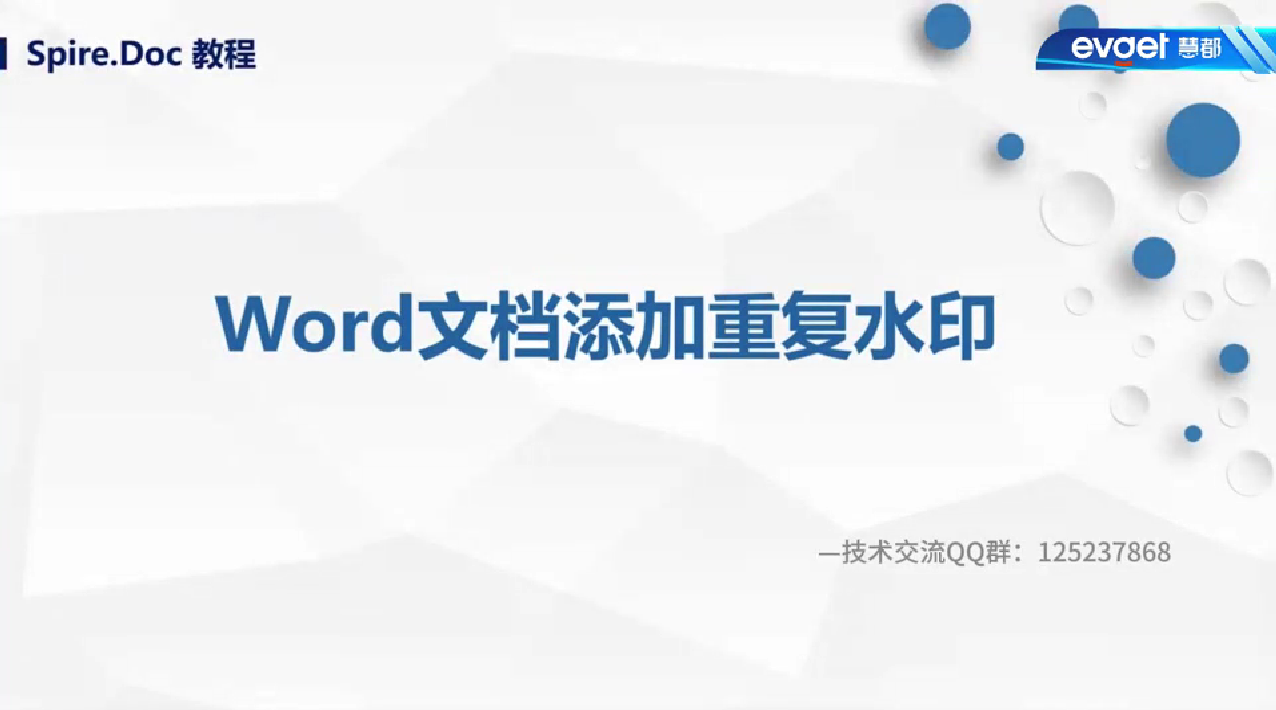
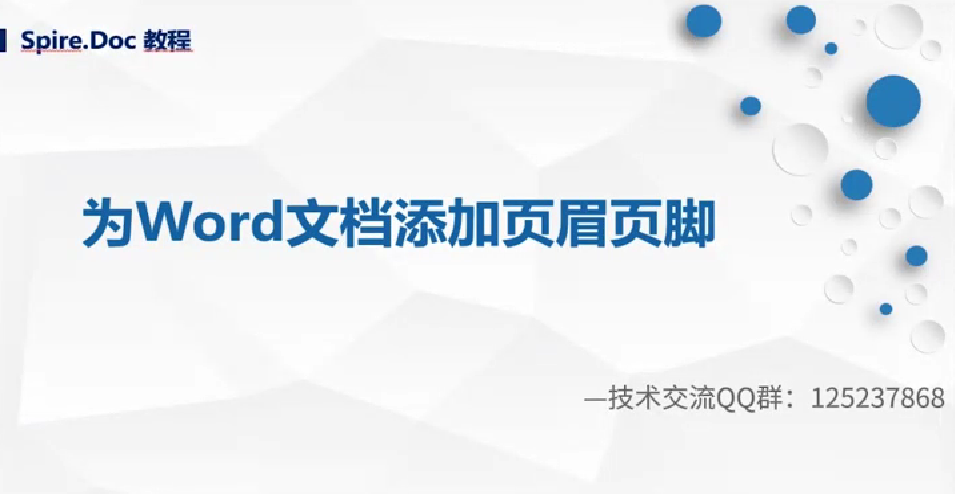
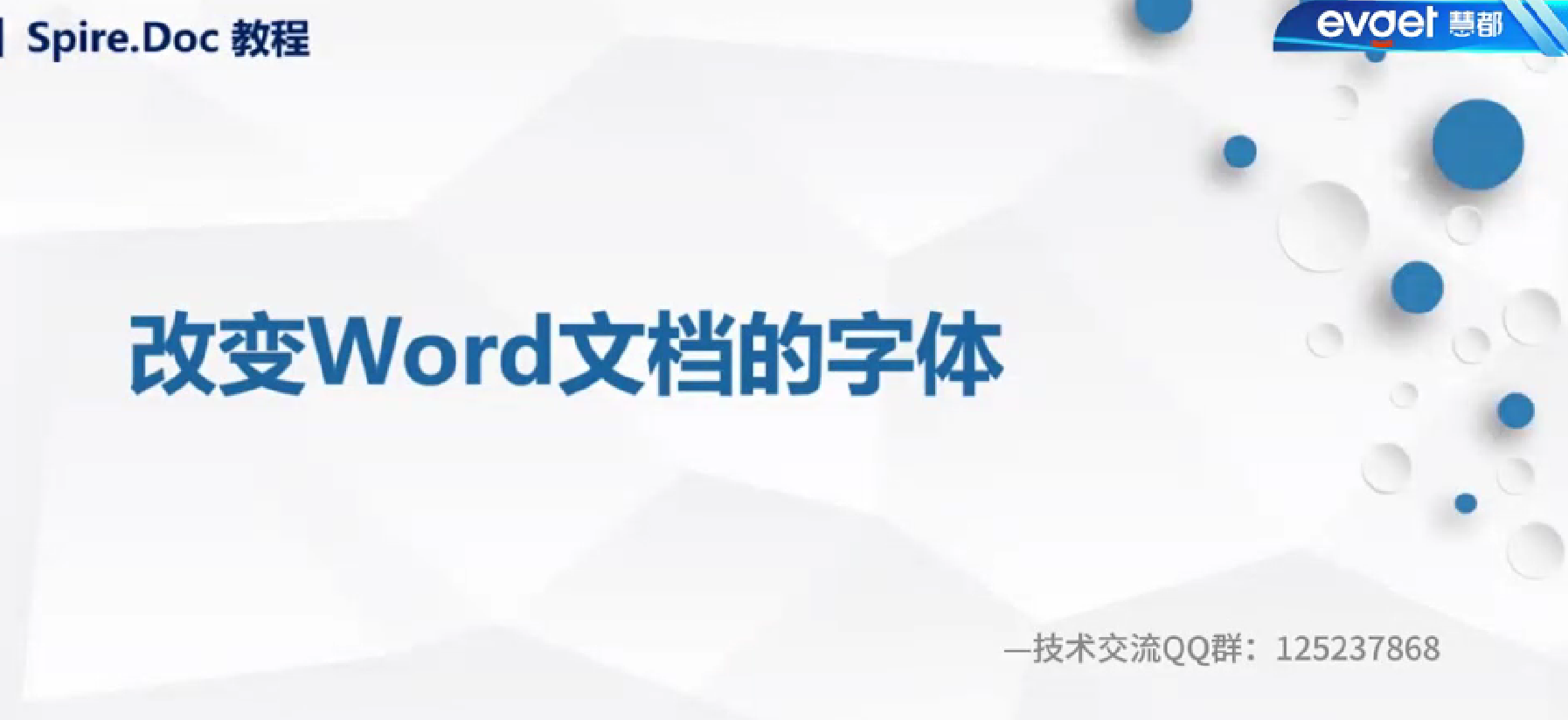

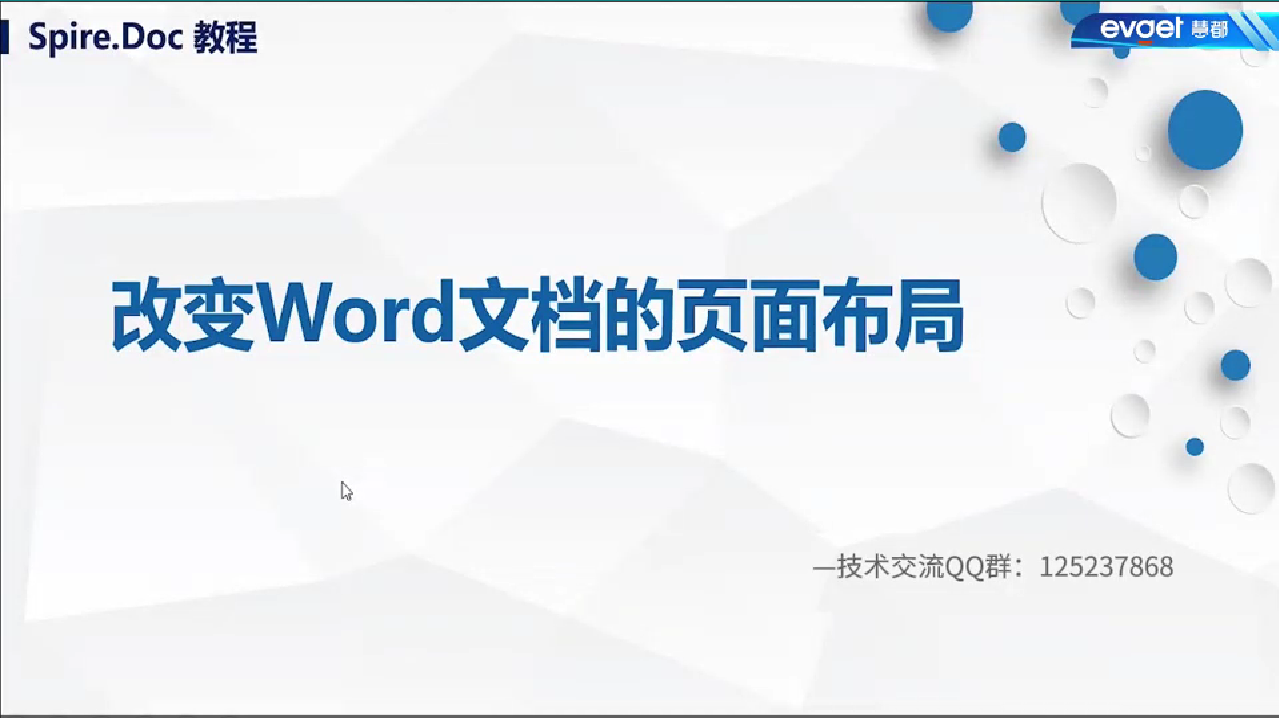
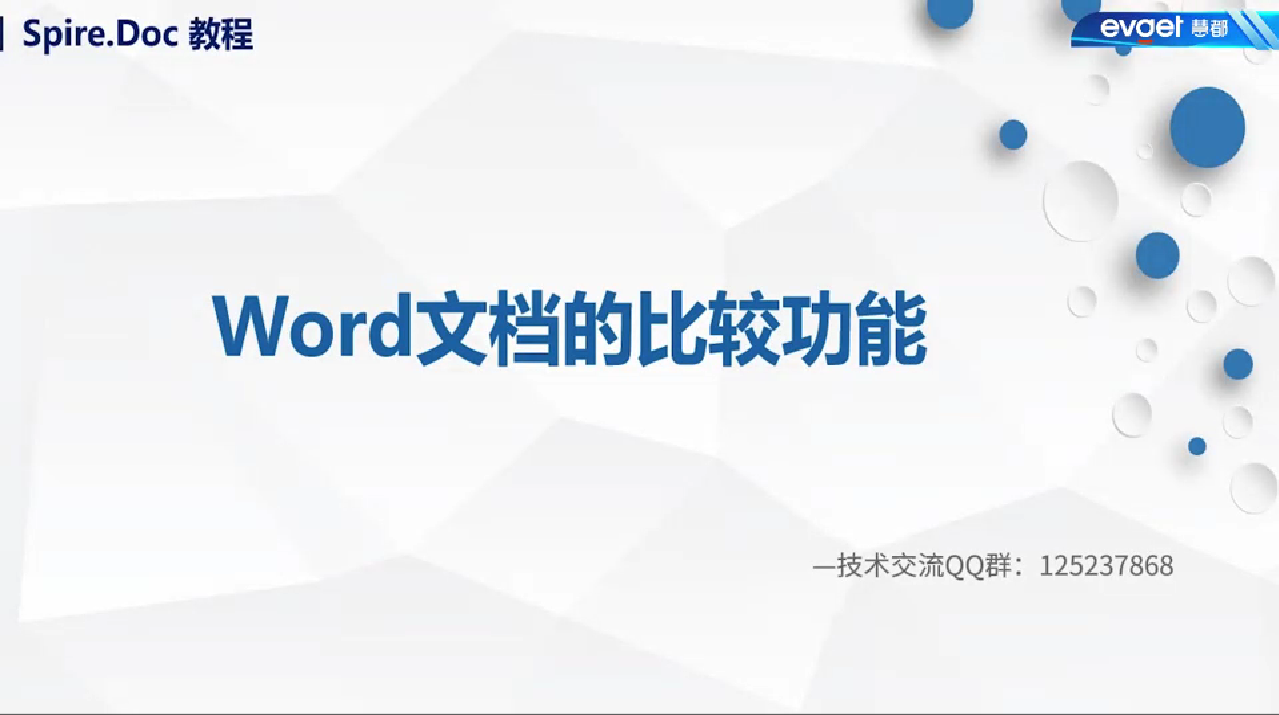




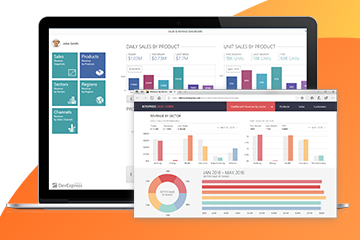
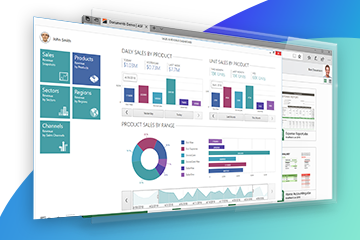




 275次
275次


 相关文章
相关文章 

 在线咨询
在线咨询


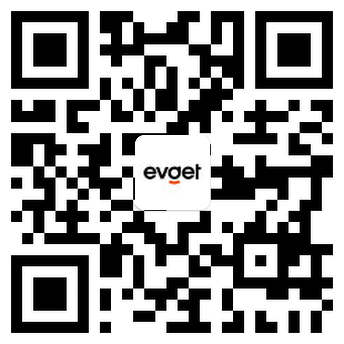

 渝公网安备
50010702500608号
渝公网安备
50010702500608号

 客服热线
客服热线